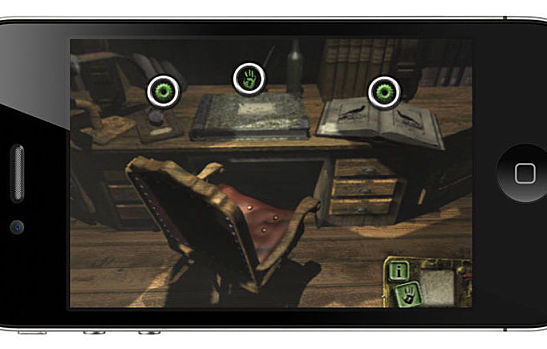Most announcements at Apple’s WorldWide Developer Conference (WWDC) were in the “very much expected” category—iOS 8, HomeKit, and HealthKit, to name a few—but there were also several outliers. Of note is the Apple Metal platform, which the iPhone maker hopes will vastly improve the performance of games on its smartphones and tablets. There’s also a rumor that the company might be thinking about a move to elevate games for mobile devices to the same level as console offerings. But is Apple breaking the mold here, or just bending the rules?
Bend in the Road
Frankly, no one really saw this coming. Apple was headed down the straight and narrow highway of new iPhones and a shiny new OS when, as Time points out in a recent article, software engineer VP Craig Federighi “surprised onlookers” with the announcement of Metal. The idea here is to have Apple’s new gaming platform front and center in iOS 8; right now, OpenGL is the only bridge between developers and the A7 system-on-a-chip. According to Federighi, OpenGL is “a thick layer of overhead between the game and the hardware.” Metal is designed to remove most of that layer and give developers “near bare-to-the-metal access to the power of A7.”
The VP went on to show several demos using Metal, including the popular Plants vs. Zombies and a map built on the Unreal 4 engine called “Zen Garden.” He talked about things like 1.3 million triangles on-screen at any given time and 4,000 draw calls per frame—the higher the value, the faster images are rendered—but these kind of numbers are expected from a tech demo. Zen Garden is scheduled to be released for free in the App Store when iOS 8 rolls out, and may offer better insight into real-world performance. With Apple suddenly investing money in mobile gaming improvements, what should consumers expect next?
Breakout Moment?
Users love playing games on their iPhones and iPads; the mobile games market was worth $16 billion last year according to VentureBeat, reporting on data from AppAnnie and IHS. To some extent, then, the Apple Metal platform is a logical move: developers with better access to resources design better games, which leads to more consumer interest, higher prices per unit, and more profit in Apple’s pocket. But is Metal the end of the line, or just the first step?
There are a few rumors flying that Apple might be gearing up for a push into the console market, attempting to re-imagine the high-end gaming devices of today as mobile versions with the same graphical fidelity but without the need for bulky controllers and a TV. This isn’t an easy road, though, since multi-touch devices are only capable of so much when it comes to player interaction with virtual worlds. Right now, Metal is a good idea with decent potential for ROI. But if Apple trots out an iController the next time WWDC rolls around, Microsoft and Sony will need to sit up and take notice.
What do you think of the Apple Metal platform? Do Apple devices need better graphics, or is this just wasted processing power?
Image courtesy of Wikimedia Commons
[cf]skyword_tracking_tag[/cf]

